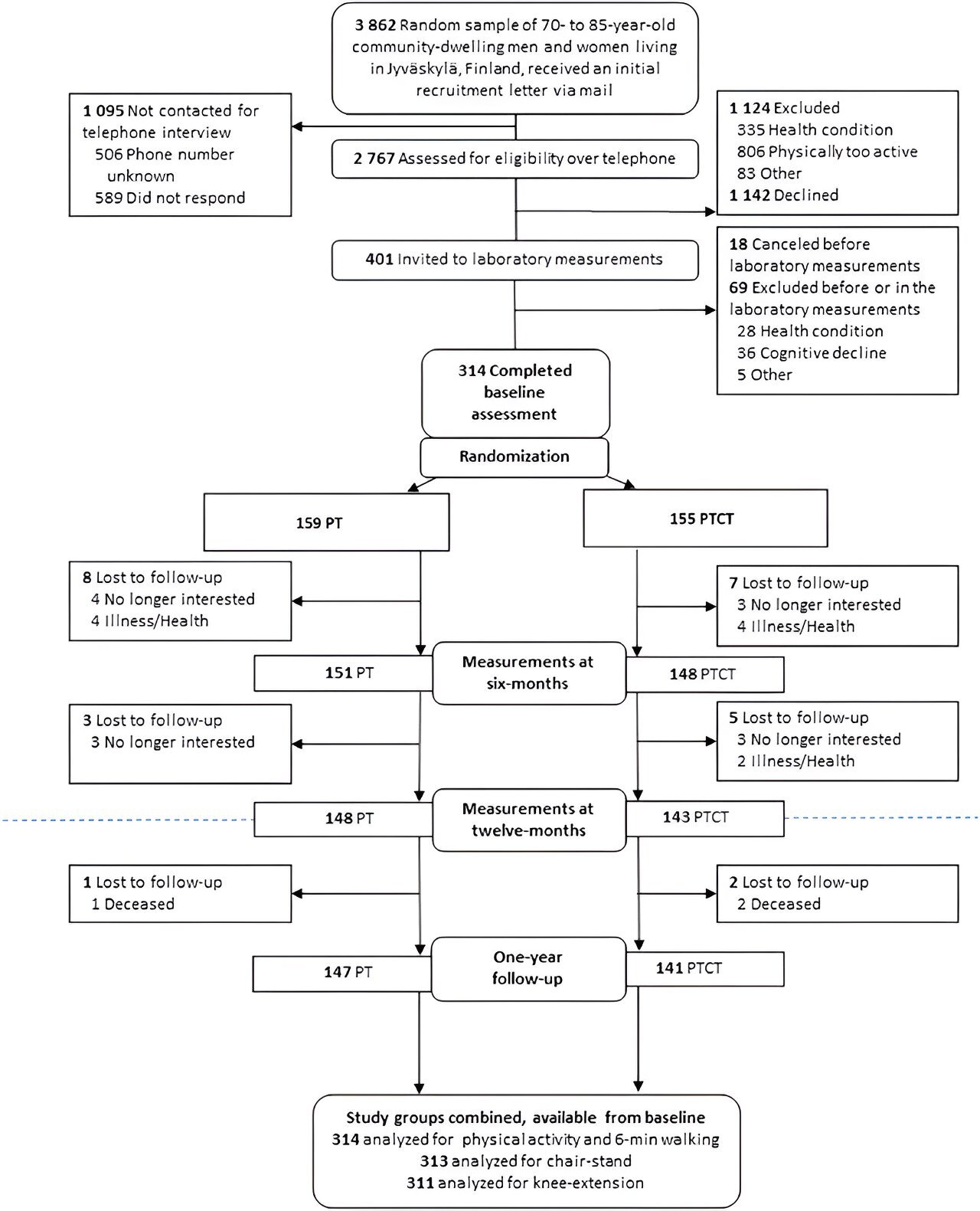A recent study shows exercise is also beneficial and safe for older people with multiple chronic conditions or risk factors. Exercise can improve physical fitness despite chronic diseases. However, exercise should be started safely and at an intensity appropriate for your starting level.
A study, published in the Journal of Aging and Physical Activity and conducted at the University of Jyväskylä, Finland, found that physical activity increased while aerobic endurance, muscle strength, and power improved during a year-long multicomponent exercise intervention in older people between the ages of 70 and 85 who had previously been sedentary.
Chronic diseases and their risk factors explained up to 12% of the differences in physical activity and fitness between participants at baseline but no more than 3% of the changes during the exercise program.

“It was great to see that the benefits of exercise were not much affected by multimorbidity,” says postdoctoral researcher Tiina Savikangas.
Increased physical activity and improved fitness can, in turn, improve overall health and functional capacity despite chronic diseases.
Typically, multimorbidity is considered as the presence of two or more chronic diseases or their risk factors in the same individual. However, this does not take into account the differential impact of different diseases on, for example, general health and mobility.
In this study, all chronic diseases and their risk factors were investigated as a cluster. This new approach allowed the researchers to consider not only the overall impact of multimorbidity but also the independent importance of diseases and risk factors.
“We found that the effects of different diseases on physical activity and fitness varied,” says Savikangas. “However, most of the diseases did not significantly affect the development of physical activity or any of the domains of physical fitness during the study, which was a positive surprise for us.”
The physical activity recommendations for people over 65 urge everyone to be as active as their health and functioning allow. However, when starting to exercise, it is important to take chronic conditions into account and to ensure that you start at a safe level of activity that is appropriate for your starting level. Participants in the study had a health examination before starting to exercise, and the strength, endurance, and balance training program was deemed safe for them.
“Everyday physical activity is good for everyone, and everyone can find a rewarding way to exercise,” says Savikangas.
“Before you start exercising, however, be sure to ask for support from a health care professional. Some municipalities may even have a sports advisory service to help you get started.”
More information:
Tiina Savikangas et al, The Impact of Multimorbidity Patterns on Changes in Physical Activity and Physical Capacity Among Older Adults Participating in a Year-Long Exercise Intervention, Journal of Aging and Physical Activity (2023). DOI: 10.1123/japa.2022-0397
Citation:
Chronic diseases do not reduce the benefits of exercise, finds study (2024, March 22)
retrieved 22 March 2024
from https://medicalxpress.com/news/2024-03-chronic-diseases-benefits.html
This document is subject to copyright. Apart from any fair dealing for the purpose of private study or research, no
part may be reproduced without the written permission. The content is provided for information purposes only.










